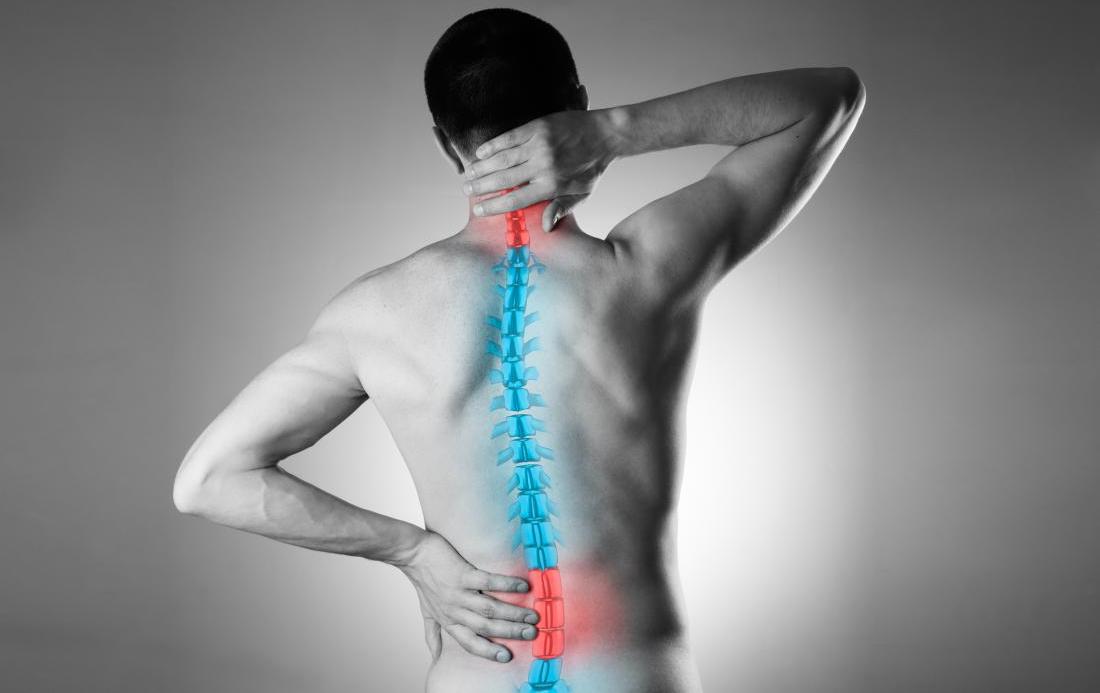
Spinal anatomy is a remarkably intricate structure of strong bones, flexible ligaments and tendons, extensive muscles, and highly sensitive nerves and nerve roots. We often don't think about their form and function, though, until they become a source of pain.
Without question, the composition and function of the spine is a marvel of nature, providing us with a unique combination of:
- Protection for the spinal cord and nerve roots to safely relay messages to and from the brain and the rest of the body
- Shock absorption, accepting jolts and stress as we move about
- Flexibility, especially in the lower back and neck, allowing us to bend and twist in a full variety of movements
- The strength provided by the bones, discs, joints, and supporting muscles and connective tissue that allows us to stand upright and move about with precision
Once back pain starts, however, the many benefits of this intricate anatomical construct can quickly be lost. Here is what you need to know about the anatomical causes of pain that originates in your spine:
Neck pain and arm pain
The cervical spine (neck) supports the weight of your head and protects the nerves that come from your brain to the rest of the body. Your neck has seven vertebral bodies (bones) that get smaller and provide more rotation, as they get closer to the base of the skull.
Most episodes of acute neck pain are due to a muscle, ligament, or tendon strain, which is usually caused by a sudden force (e.g. whiplash) or from straining the neck (e.g. sleeping in the wrong position).
If you have neck pain that lasts longer than 2 weeks to 3 months or with predominant arm pain or neurological symptoms in your arm or hands a specific anatomic abnormality is the likely cause of the symptoms, such as a herniated disc, spinal stenosis, cervical degenerative disc disease, or cervical osteoarthritis.
Upper back pain
The 12 vertebral bodies in the upper back that are attached to the rib cage make up the thoracic spine (middle or upper back) are firmly attached to the rib cage at each level, providing a great deal of stability and structural support, protecting the heart, lungs, and other important organs within the chest.
However, it is possible for upper back pain to be caused by a herniated or degenerated thoracic disc or joint dysfunction or spasm in the large upper back muscles.
Lower back pain and sciatica
Because the lower back carries the most loads with the least structural support, it is the most likely are of the spine to wear down or sustain an injury.
Most episodes of lower back pain are caused by a muscle strain. Even though this doesn't sound like a serious injury, the pain can be severe.
Motion in the lower back is divided between the five motion segments, with a disproportionate amount of the motion in the lower segments (L4-L5 and L5-S1) the two segments most likely to be a source of pain from conditions such as degenerative disc disease or a herniated disc.
Frequently, a lower back problem can cause sciatica, or pain that radiates down the sciatic nerve into the leg. Your specific sciatica symptoms will differ largely based on which nerve in your lower back is affected.
Knowing the basics of your spine and the types of anatomical problems that can occur will go a long way in helping you have a more meaningful discussion with your spine care provider. If you're more or a visual learner, then viewing the related videos will help you better visualize your spinal condition and treatment options as well.
Precision Pain Care and Rehabilitation has two convenient locations in the Richmond Hill – Queens and New Hyde Park – Long Island. Call the Richmond Hill office at (718) 215-1888, or (516) 419-4480 for Long Island office, to arrange an appointment with our Interventional Pain Management Specialist, Dr. Jeffrey Chacko.













